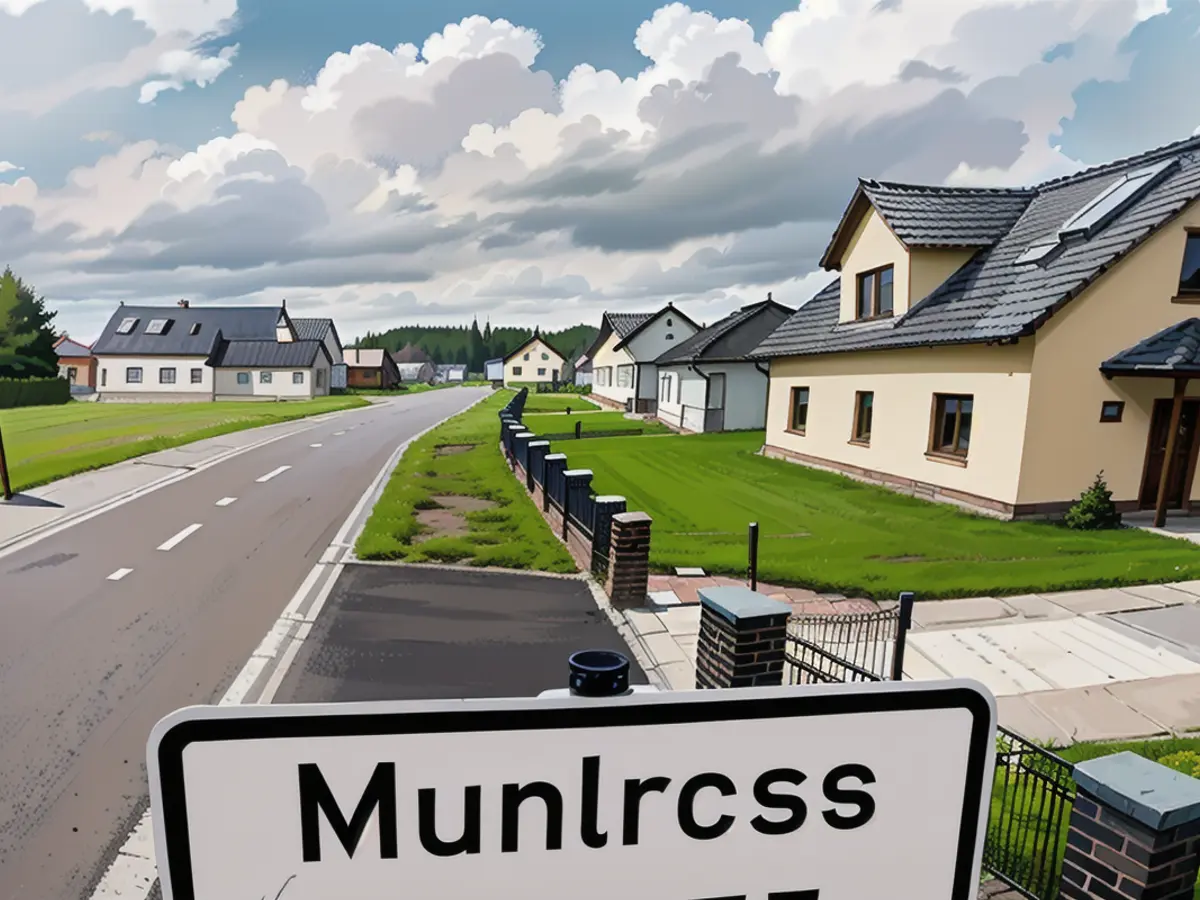Extraction of coal from the earth - Coal mining resettlement: Completion of Neu-Mühlrose town center
Mühlrose, a northern-eastern region in Saxony, is the final area where lignite mining has to take place. The ancient village hasn't vanished completely, but the Nochten open-pit mine is rapidly advancing towards it. Most of the former inhabitants have relocated to Schleife, where they received new homes in one location. Leag recently gifted them a new village center with a community center and playground.
Neu-Mühlrose, approximately 7 km away from the original village, is where the remaining inhabitants reside. The district of Trebendorf's relocation is scheduled to conclude this year. The opencast mine intends to clear the area by 2029. A whopping 150 million tons of coal lies beneath Mühlrose, which Leag predicts will be necessary for supplying the Boxberg power plant without interruption, safely, and according to demand until 2038.
During a public consultation in 2017, more than 200 Mühlrose residents expressed their desire to resettle in a nearby town. The process was lengthy and intricate, but Mayor Jörg Funda of Schleife shared that the people were relieved they had finally arrived.
Leag provided 41 plots for the settlement in Neu-Mühlrose, including those in its center. Construction on the 14-hectare site began in summer 2020. Now, 30 homes are inhabited, and two more are close to completion. Three plots are currently under construction. In October 2022, the village community center topped out. Its streets bear names familiar to Mühlrose's history, like Jagdschlossweg and Am Dorfanger.
"We didn't just build a regular housing estate here, we constructed a vibrant place," emphasized Leag Production Director Philipp Nellessen. This involves recreating the structure of the old Mühlrose with individual streets, paths, the bell tower, and war memorial, as well as a swimming pool and now a village community center.
"Structural change is a collective endeavor," asserted Saxony's Minister President Michael Kretschmer. "Projects like Neu-Mühlrose's village community center are crucial in making this change beneficial for the locals." The state's support won't be limited to building new houses. "It's an investment in the people residing here," he added.
As per Mayor Funda, the resettlement has attracted around 100 newcomers to Schleife, a municipality with a population of around 2,500. Some people refused to build new homes and chose to live in rented accommodation close to the local supply center. Others chose new development land in Trebendorf, opting to stay in their original municipality. Leag noted that this applies to occupants of six plots in the old town of Mühlrose.
"The majority are content with how things are unfolding," Funda stated about the local mood. Environmental activists' protests didn't start until the resettlement decision was nearly made. In the eyes of the locals, these actions were disruptive.
The background story of Neu-Mühlrose's Village Community Center Leag press release
Read also:
- Tough return to normality in snow and ice
- Fewer unauthorized entries: Domino effect through controls
- Trial against BND employee from mid-December
- Xhaka leads Leverkusen to triumph in cup tournament, scoring two goals.
- In the Free State of Saxony, the CDU has announced plans for the completion of lignite mining in Boxberg, specifically in the Mühlrose area, which has experienced significant resettlement due to mining activities.
- The Northeast region of Saxony, home to the town of Boxberg, is known for its extensive coal mining, including the ongoing lignite mining in the Mühlrose area, which requires resettlement of local residents.
- The Free State's government has provided support to the affected residents of Mühlrose, who were relocated due to lignite mining, by funding the construction of a new community center in Neu-Mühlrose, a nearby town.
- The Saxony state, which has been dealing with the issue of lignite mining resettlement in towns like Mühlrose and Boxberg, has recognized the importance of projects like the Neu-Mühlrose village community center in ensuring a smooth transition for the affected individuals.
Source: www.stern.de








